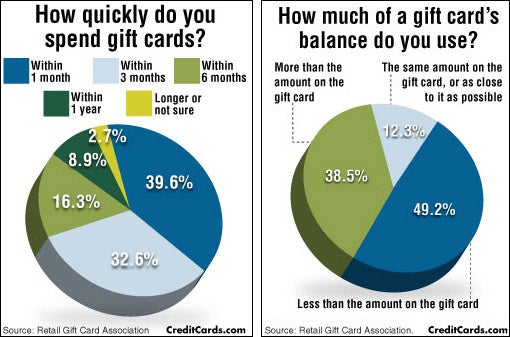Glass engravers have actually been very competent artisans and artists for countless years. The 1700s were specifically notable for their achievements and popularity.
For example, this lead glass goblet shows how engraving incorporated layout fads like Chinese-style concepts right into European glass. It additionally highlights just how the ability of a great engraver can create illusory depth and visual appearance.
Dominik Biemann
In the initial quarter of the 19th century the standard refinery area of north Bohemia was the only location where naive mythological and allegorical scenes engraved on glass were still in vogue. The cup envisioned below was etched by Dominik Biemann, who specialized in small pictures on glass and is considered as one of the most important engravers of his time.
He was the son of a glassworker in Nové Svet and the bro of Franz Pohl, one more leading engraver of the period. His job is qualified by a play of light and shadows, which is especially evident on this cup showing the etching of stags in woodland. He was additionally recognized for his service porcelain. He died in 1857. The MAK Gallery in Vienna is home to a big collection of his works.
August Bohm
A notable Nurnberg engraver of the late 17th century, Bohm collaborated with special and a feeling of calligraphy. He etched minute landscapes and inscriptions with vibrant official scrollwork. His work is a forerunner to the neo-renaissance design that was to dominate Bohemian and other European glass in the 1880s and past.
Bohm welcomed a sculptural feeling in both relief and intaglio inscription. He displayed his mastery of the last in the finely crosshatched chiaroscuro (watching) results in this footed goblet and cut cover, which depicts Alexander the Great at the Fight of Granicus River (334 BC) after a painting by Charles Le Brun. Regardless of his substantial skill, he never ever accomplished the popularity and ton of money he looked for. He passed away in penury. His better half was Theresia Dittrich.
Carl gift basket with engraved glass Gunther
Regardless of his steadfast job, Carl Gunther was a relaxed man who appreciated spending time with family and friends. He enjoyed his day-to-day ritual of going to the Collinsville Elder Facility to delight in lunch with his friends, and these minutes of camaraderie offered him with a much required reprieve from his demanding occupation.
The 1830s saw something fairly phenomenal happen to glass-- it ended up being vibrant. Engravers from Meistersdorf and Steinschonau developed highly coloured glass, a taste known as Biedermeier, to meet the demand of Europe's country-house classes.
The Flammarion engraving has ended up being a sign of this brand-new preference and has actually shown up in books devoted to science as well as those exploring mysticism. It is likewise discovered in various museum collections. It is believed to be the only making it through example of its kind.
Maurice Marinot
Maurice Marinot (1882-1960) started his profession as a fauvist painter, yet became fascinated with glassmaking in 1911 when seeing the Viard bros' glassworks in Bar-sur-Seine. They gave him a bench and showed him enamelling and glass blowing, which he understood with supreme ability. He established his very own methods, utilizing gold flecks and manipulating the bubbles and other natural defects of the material.
His method was to treat the glass as a creature and he was among the initial 20th century glassworkers to make use of weight, mass, and the visual effect of natural imperfections as visual aspects in his jobs. The exhibition demonstrates the substantial influence that Marinot had on modern glass production. Regrettably, the Allied battle of Troyes in 1944 destroyed his studio and countless illustrations and paints.
Edward Michel
In the very early 1800s Joshua presented a style that mimicked the Venetian glass of the duration. He used a strategy called diamond factor engraving, which includes damaging lines into the surface area of the glass with a tough metal carry out.
He also developed the very first threading machine. This innovation permitted the application of long, spirally injury trails of color (called gilding) on the main body of the glass, an important feature of the glass in the Venetian style.
The late 19th century brought new design ideas to the table. Frederick Kny and William Fritsche both worked at Thomas Webb & Sons, a British company that specialized in high quality crystal glass and speciality coloured glass. Their work reflected a preference for timeless or mythical topics.
